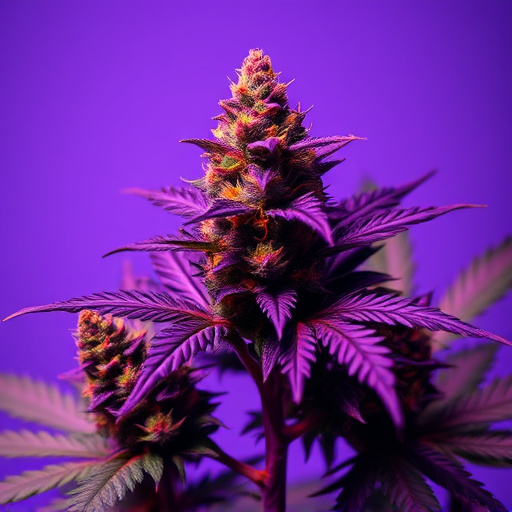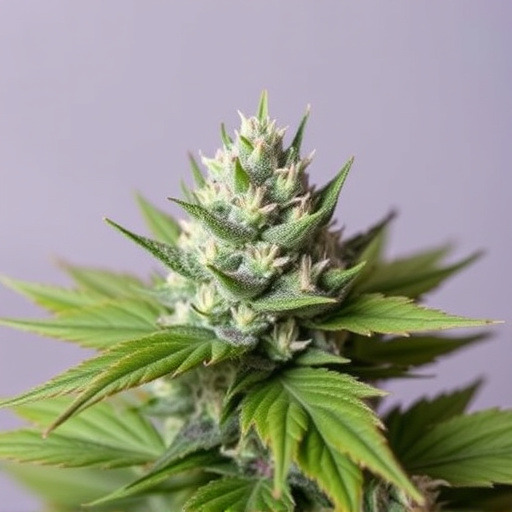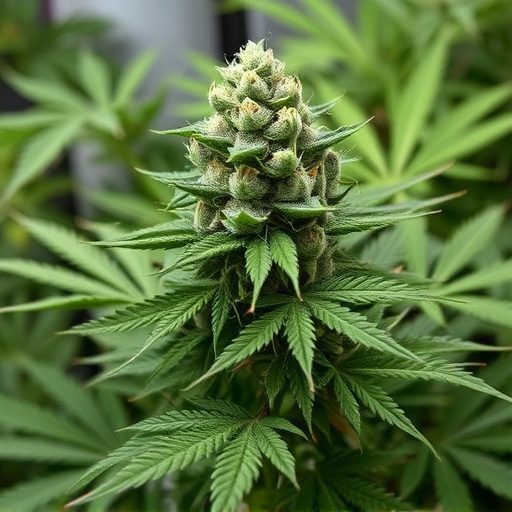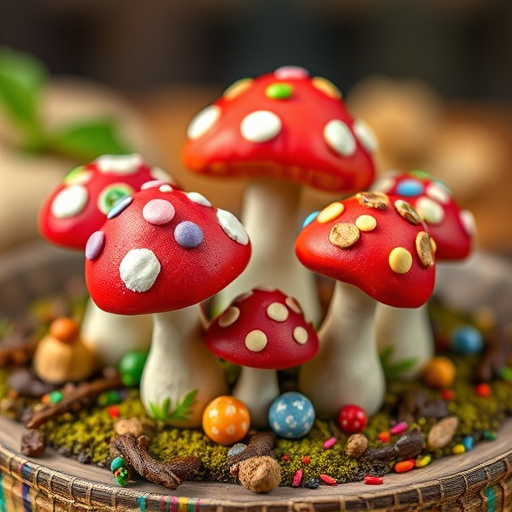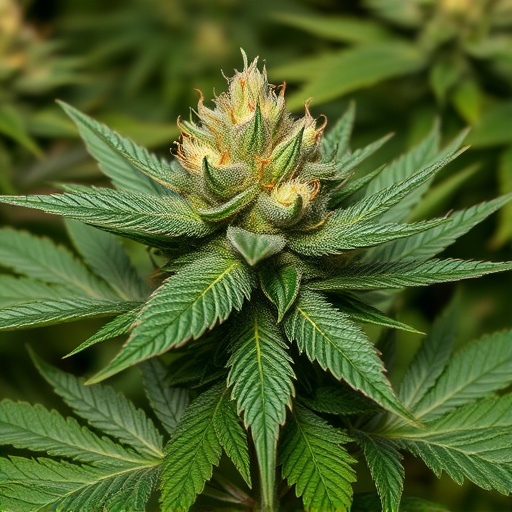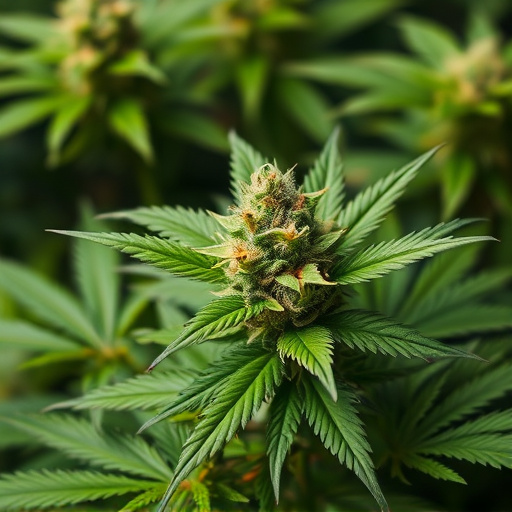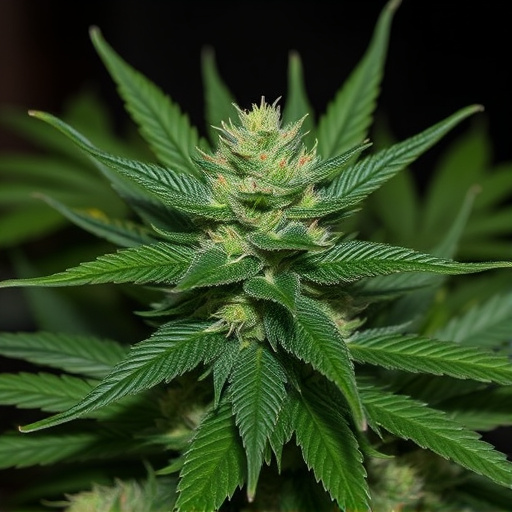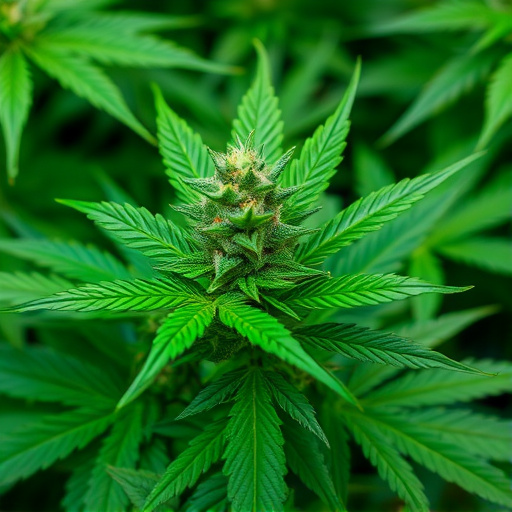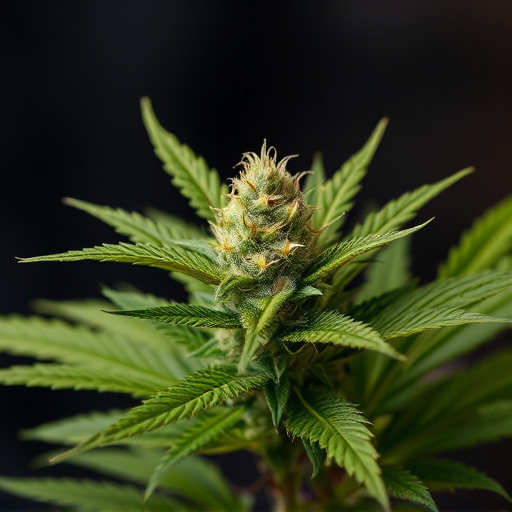High THC cannabis strains owe their intense aromas and unique fragrance profiles to complex interactions between terpenes, natural aromatic compounds, and genetic predisposition. Terpenes like myrcene, limonene, and pinene create diverse scents ranging from earthy musky to fruity floral, with environmental factors influencing terpene synthesis and intensity. Optimal cultivation practices enhance these aromas, while improper methods can result in less potent fragrances due to terpene loss.
Cannabis flowers are renowned for their distinct and potent aroma, which can vary greatly among different strains. This article delves into the fascinating world of cannabis scent, exploring why these plants possess such strong fragrances. We’ll uncover the crucial role of terpenes in shaping the unique profiles of various strains, including high THC varieties. By understanding the factors influencing cannabis aroma, from genetic makeup to cultivation techniques, you’ll gain a deeper appreciation for the intricate dance of molecules that creates such diverse and captivating scents.
- The Role of Terpenes in Cannabis Scent
- High THC Strains and Their Impact on Fragrance
- Factors Influencing the Intensity of Cannabis Aroma
The Role of Terpenes in Cannabis Scent
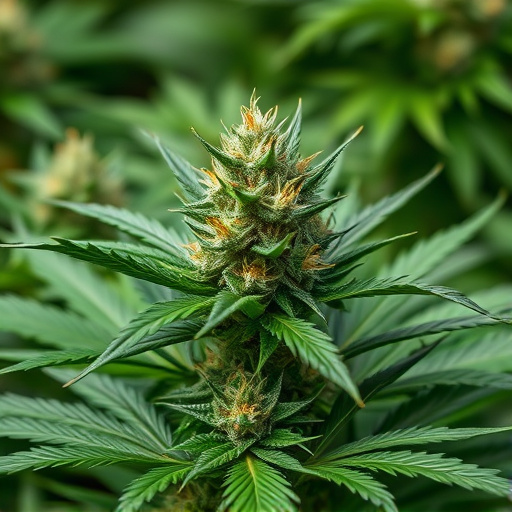
The distinctive scent of cannabis flower is a result of a complex interplay between various chemical compounds, with terpenes playing a pivotal role. Terpenes are aromatic organic compounds that occur naturally in many plants, including cannabis. In high THC cannabis strains, terpenes contribute significantly to the plant’s unique fragrance and flavor profile. Each terpene molecule has a specific structure and molecular weight, which determines its individual scent and ability to interact with other compounds within the plant.
These volatile oils are produced by cannabis plants as a defense mechanism against potential threats like pests and pathogens. The diverse range of terpenes found in different cannabis strains gives rise to varied scents, from fruity and floral to spicy and woody. For instance, myrcene, a common terpene, is known for its earthy and musky notes, often described as reminiscent of mushrooms or wet soil. Limonene, on the other hand, imparts a bright, citrusy aroma, while pinene offers a refreshing pine-like scent. The combination and concentration of these terpenes in high THC strains contribute to the intense and recognizable smell that cannabis is known for.
High THC Strains and Their Impact on Fragrance

High THC cannabis strains are renowned for their potent effects, and one of the notable consequences is an intensified fragrance. The higher the THC level, often measured in percentages, the more pronounced the scent can become. This is because THC plays a significant role in the plant’s aromatic profile. As it interacts with various terpenes, which are responsible for cannabis’ unique smells, high THC levels can lead to a more complex and robust odor.
The impact on fragrance isn’t just about potency; it’s also about variety. Different strains of cannabis have distinct terpene compositions, and when combined with elevated THC, the result is a wide array of aromatic possibilities. From earthy and musky to fruity and floral, high THC strains offer a diverse sensory experience, captivating both seasoned users and curious enthusiasts alike.
Factors Influencing the Intensity of Cannabis Aroma
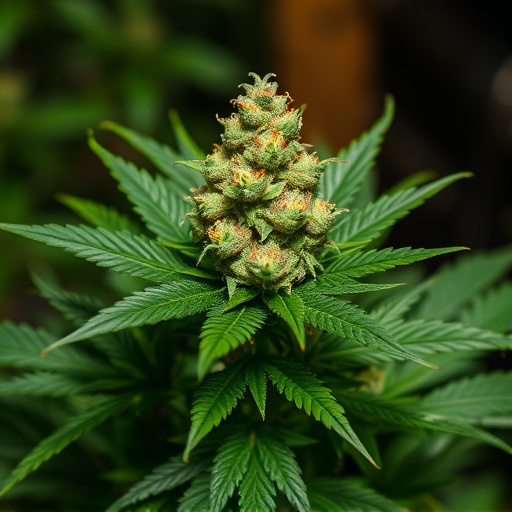
The intensity of cannabis aroma is influenced by several factors, including the plant’s genetic makeup and environmental conditions during growth. High THC cannabis strains, known for their potent effects, often possess more complex and intense fragrances due to elevated levels of terpene profiles. Terpenes are aromatic compounds that contribute significantly to the unique scent of each strain. For instance, myrcene, a common terpene in many high THC varieties, is responsible for earthy and musky notes, enhancing the overall fragrance.
Other environmental factors play a crucial role as well. The maturity of the cannabis flowers, growing conditions, and curing process all impact the development and concentration of these terpenes. Optimal temperature, humidity, and light exposure promote robust terpene synthesis, resulting in more pungent aromas. Conversely, improper cultivation or premature harvesting can lead to less potent scents, as some terpenes may evaporate before full maturity.
Cannabis flower’s potent scent is a result of various factors, notably the presence of terpenes and high THC levels. Terpenes, with their unique aromatic properties, play a crucial role in shaping the diverse fragrances within the cannabis spectrum. Additionally, strains with elevated THC content tend to intensify these scents due to their increased chemical complexity. Understanding these elements helps us appreciate the intricate relationship between cannabis chemistry and its sensory experience, revealing why some high THC cannabis strains possess such distinctive and robust aromas.
